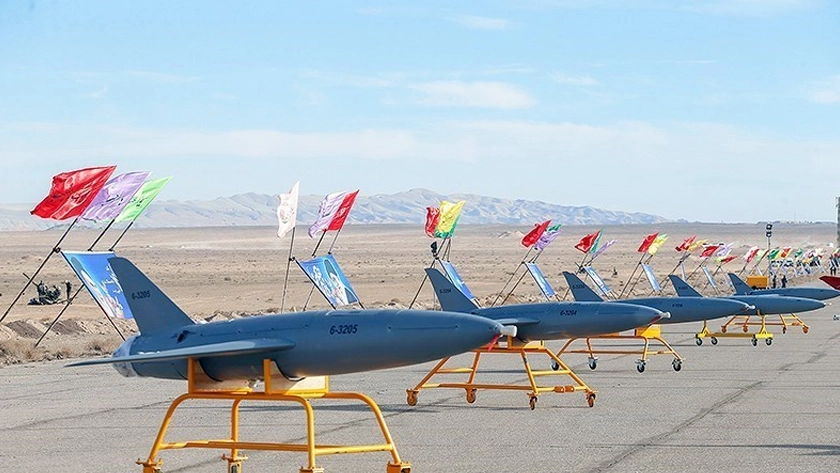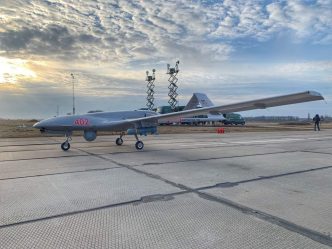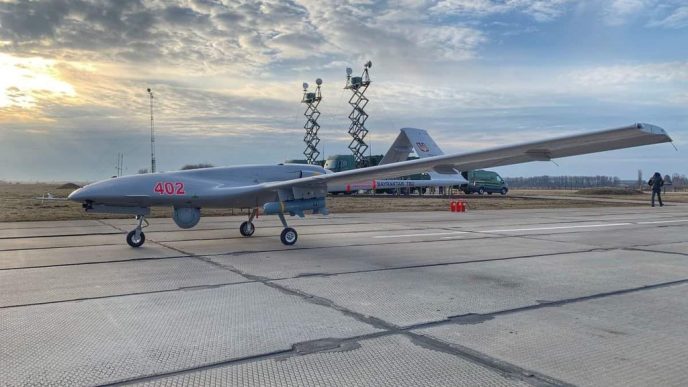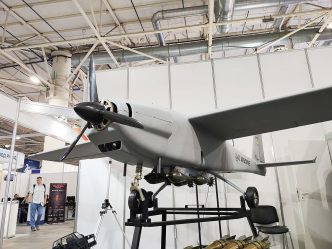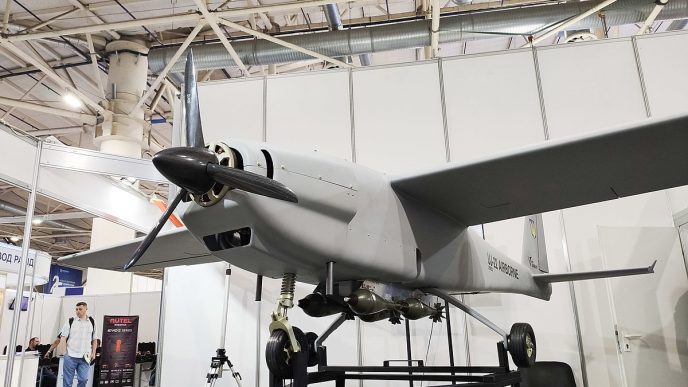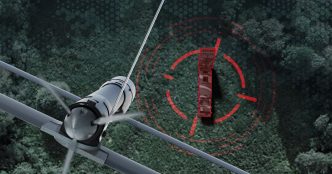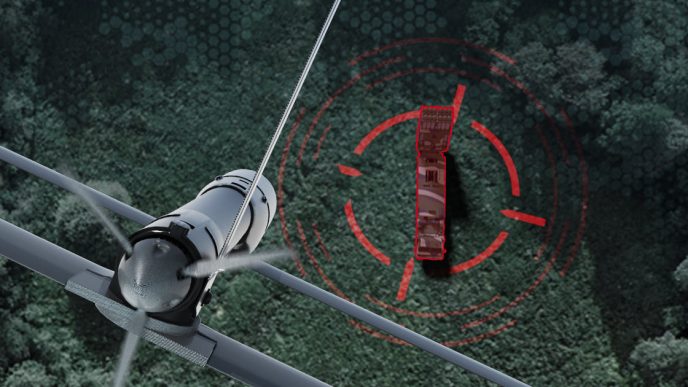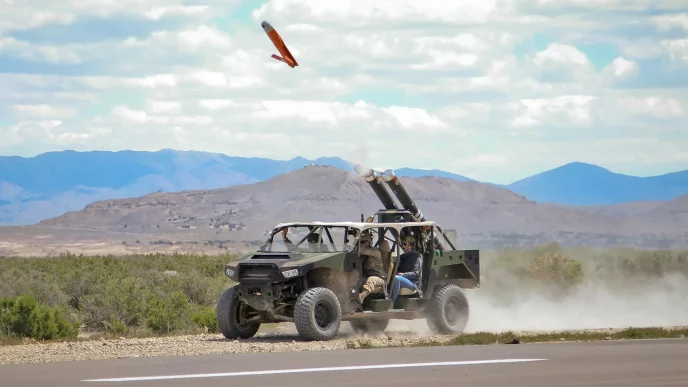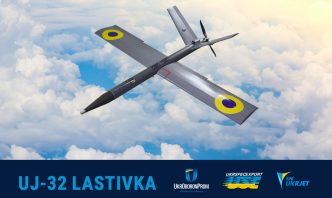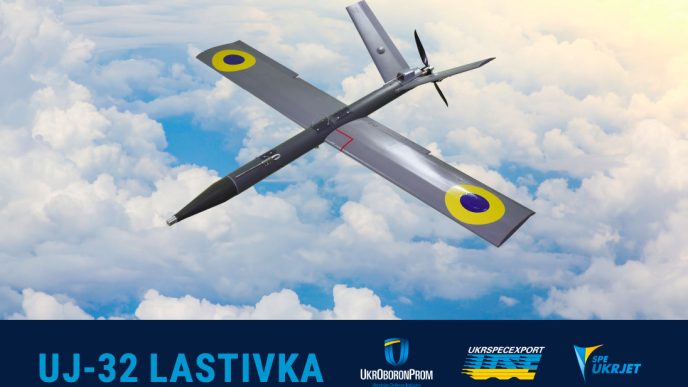The Kian-2 is an Iranian kamikaze drone that is more dangerous than the smaller HESA Shahed 136. Information about the capabilities and characteristics of this UAV is limited, and most of them come from Iran itself. That information is relative because Iran ascribes to its weapons even better than western analogs.
Design
Overall, the Kian-2 was first demonstrated in 2019 and is a further development of the Kian 1 kamikaze drone publicly announced in 2015. In fact, it is a real cruise missile, but its difference from the bigger cruise missiles is in a lower flight speed, which makes it capable of patrolling above the target. According to military observers, this UAV was probably designed to attack Israeli targets in Tel Aviv and Haifa.
Kian-2 can maneuver and redirect at low altitudes, so Israeli air defense systems like Iron Dome are less likely to intercept this Iranian UAV easily. Theoretically, if those UAVs are launched in large enough numbers, they should overwhelm air defense systems because they fly at low altitudes.
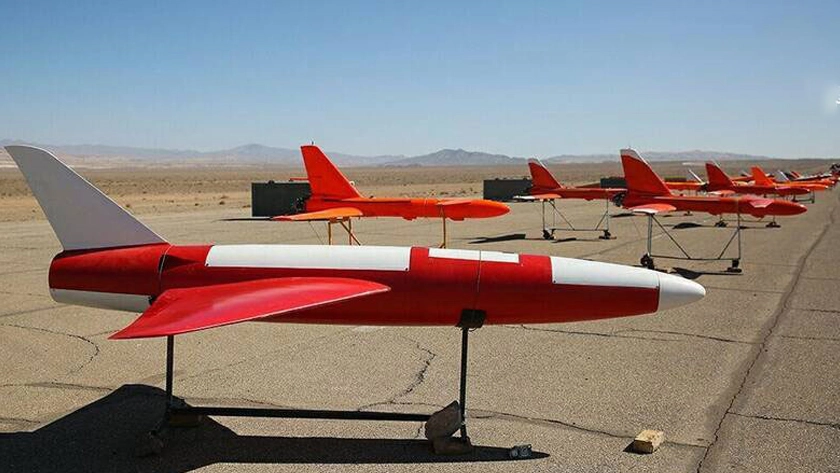
Compared to the previous version, it is twice as large. According to the Iranian media, the Kian 1 has a wingspan of 2 meters, a payload of up to 30 kg, a practical ceiling of 5.5 km, a cruising speed of 350 km/h, and a maximum of 480 km/h. On the other hand, the Kian-2 has a wingspan of up to 4 meters, a length of up to 4.5 meters, and a range of up to 1,000 km (2,000 km, according to some sources). It also has a significantly larger warhead than the HESA Shahed-136.
Engine
Iranian sources claim that the drone has a jet engine. But in the first public photos, the tail part of the drone was wrapped in cellophane, and in other available photos, it is clearly visible that it is equipped with a propeller engine. There is also a version that Kian differ in their engines. But then the specs of these kamikaze drones should be completely different in terms of flight range and combat part.
Launch platform
A civilian chassis is used as a launch platform, which can be disguised as an ordinary truck. A rocket booster is used for launch.

Additional equipement
Iranian sources claim that Kian-2 can be equipped with a passive homing radar head, and its purpose is to destroy radar stations. They also claim the possibility of equipping it with television cameras, but there is not a single photo with them. Regarding the passive anti-radar head, its installation is theoretically possible. On some drones, installed antennas are visible.
But its size hardly indicates the possibility of a full-fledged communication channel at a considerable distance. The possibility of its use as a passive radar head element is debatable. However, after viewing some photos, one gets the impression that it is generally finished in a graphic editor.
Production cost
Kian-2 is cheap to manufacture, so it can be produced and used in big numbers. For comparison, Russia’s Kalibr cruise missiles cost about $1 million each, and the American Tomahawk missiles cost up to $2 million each. As for the Shahed-136 and Kian-2 UAVs, the price is between $10,000 and $50,000.
Counter-measures
While larger systems like the S-300, Buk, and Osa are practically useless against these drones. Russian platforms like Strela-10, Tunguska, and Tors, were at the disposal of the Armed Forces of Ukraine and could be effective against UAVs.
However, many of them have been reported to be destroyed by Russian MANPADS. Meanwhile, they are ineffective, their homing heads cannot capture drones since they do not emanate any infrared or radar frequency.
Technical specifications
| Country of origin: | Islamic Republic of Iran |
| Designer / Manufacturer: | Shahed Aviation Industries / HESA |
| Role: | Loitering munition |
| Status: | In-service since 2019 (Iran) |
| Unit cost: | Unknown, various estimates from $10,000 to €50,000 each |
| Mass: | 200 kg (440 lb) |
| Length: | 4.5 m |
| Warhead: | unspecified, approximately from 30 kg, there is unconfirmed information about 260 kg with a rocket engine |
| Engine: | unknown version with jet and piston engine |
| Wingspan: | up to 4 meters |
| Operational range: | 1,000–2,000 km |
| Maximum speed: | unspecified, approximately 400 km/h when using a jet engine, up to 200 km/h when using a piston engine |
| Guidance system: | satellite navigation, possibly a passive radar homing head |
| Launch platform: | Rocket Assisted Take Off (RATO) |
